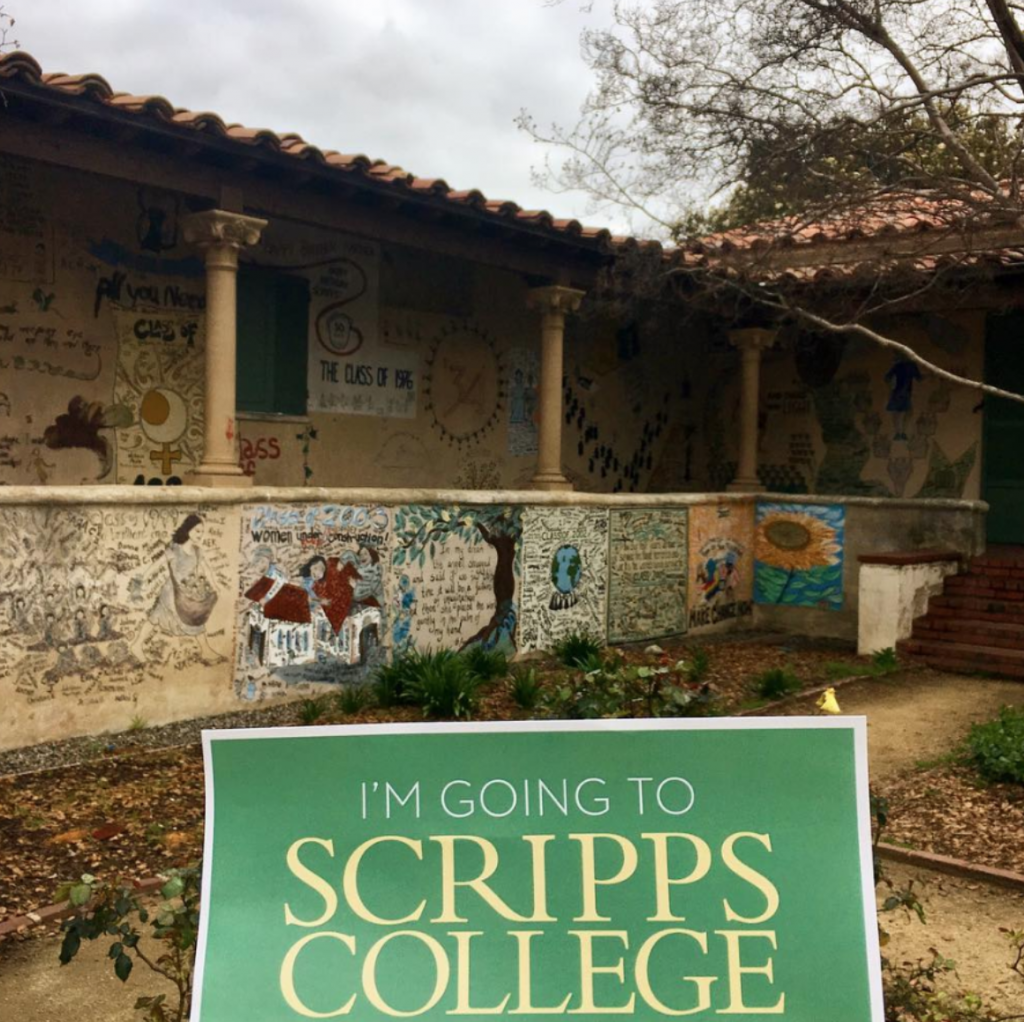Jacqueline Loh ’22
Staff Writer
Right now, high school seniors across the nation are in a flurry over college admissions. Just recently, Scripps College released regular decision admissions for the Class of 2023. Though access to the Claremont Colleges is a new and exciting experience for these admitted students, the prospect of entering the private college system is daunting and unfamiliar one for many public school students.
The Claremont Colleges have a large population of students who come from private high schools. Undeniably, whether or not one attends private or public high school is tied to socioeconomic status. In the 2018-2019 school year, the average cost of tuition for a private high school was $14,575 per year, according to Private School Review. Compared to the average household income of $61,891, 14K amounts to about 23.5 percent of a family’s income.
At Scripps, the median household income is $160,700 and “64 percent of families come from the top 20 percent,” according to the New York Times. Additionally, 14 percent of families come from the top one percent. Scripps has one of the highest concentrations of students from the top one percent out of colleges in California. Many families of Scripps students are thus able to afford sending their children to private high schools.
This article does not seek to moralize going to public school or private school. However, there are disparities in the experiences of public school students versus private school students that come to the Claremont Colleges.
“I knew my [public] school was doing the best it could, but I knew that no matter how proactive I was about my academics, I would be at a disadvantage once I started college,” Ann Ly ’20 said. “the amount of resources my school could provide couldn’t compare to what many other students were fortunate to be born into.”
This disparity in resources is among one of the starkest contrasts between a public and private high school. Without private donations, grants or alumni network, public high schools must rely on government funding, which is spread thin.
“It was very clear to me from the beginning that these institutions weren’t made for students like us,” said Ly. “ Even today, I have to work twice as hard to get the same grades as my classmates because of my background.”
“We only had one guidance counselor …We never had as much money because we were public,” Ellen Schoenfeld ’22 said regarding her public high school in New York City. Though her high school was unique for having a small class size and with a specialized focus on history, they still faced difficulties with resources.
“We were not as notorious or graced with good relationships with ultra-competitive schools as some private schools are,” Schoenfield said. “The rhetoric of many of my classmates was that it was easier for private school kids to get into college.”
There is a perception that public schools are not as good as private schools. This is a significant part of the reason why public school students may feel imposter syndrome upon arriving to the Claremont Colleges. Imposter syndrome is the psychological pattern where one doubts themselves and fear being exposed as a “fraud” or “imposter,” despite possibly having the achievements or skills to say otherwise.
A student who attended public high school, who wished to remain anonymous for this article, did cite feeling out of place while transitioning to college. She recalls hearing Scripps students and families who had attended private or boarding schools look down on public high schools or of the University of California (UC’s) public college system. Despite the fact many of the UC’s are world-renowned schools with top-tier programs and research, the fact that they are a public institutions causes some to look down upon them. Public school students are also more likely to attend public colleges than private colleges, thus furthering this divide between public and private.
The perception of public school and its students, specifically first-generation low-income students, and the perpetuation of those false perceptions have very harmful effects. There needs to be acknowledgment and acceptance that everyone has a different high school background and varying privileges attached to them. There is no need or place for shaming or boasting over the perceived status of private over public schools.
In order for all students to feel welcomed and a part of Scripps, resources should be allocated to help students from public school backgrounds be able to succeed. A club that supports and allows public school students to connect and feel they are not alone could be especially helpful in fostering connections early on. Furthermore, having extended office hours where public school students can learn about resources and how to reach out to professors would also help the high school to college transition.
“At the end of the day, we are all just trying our best to succeed,” the anonymous student said.



